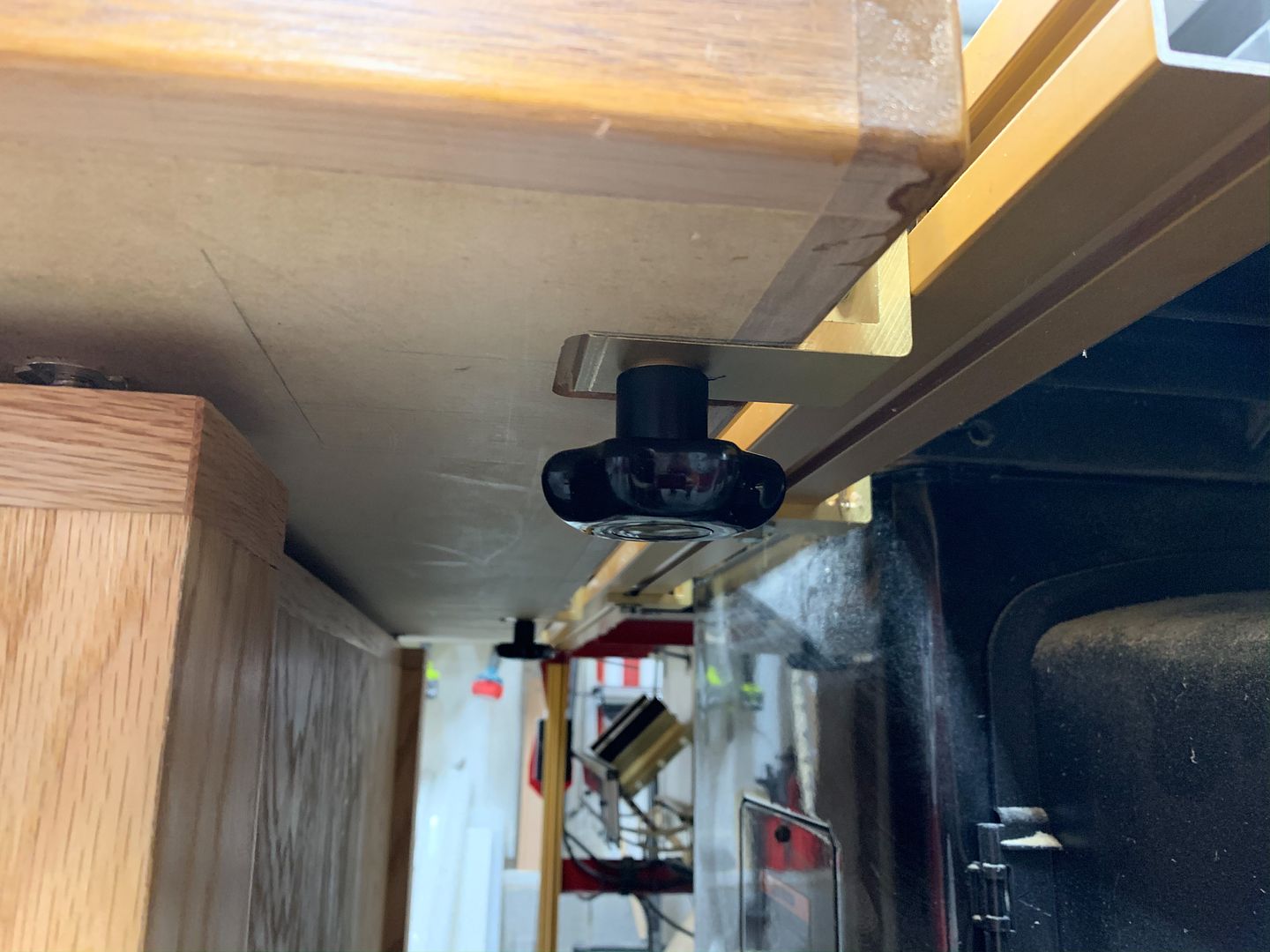I have seen outfeed tables where they are tangential, i.e. they are not as wide as the table saw but are longer, and I have seen outfeed tables that are about the width (or wider) than the table saw. I understand that if going the width of the TS, one might have less opportunity for storage area vs tangential. Thoughts?





 Reply With Quote
Reply With Quote






